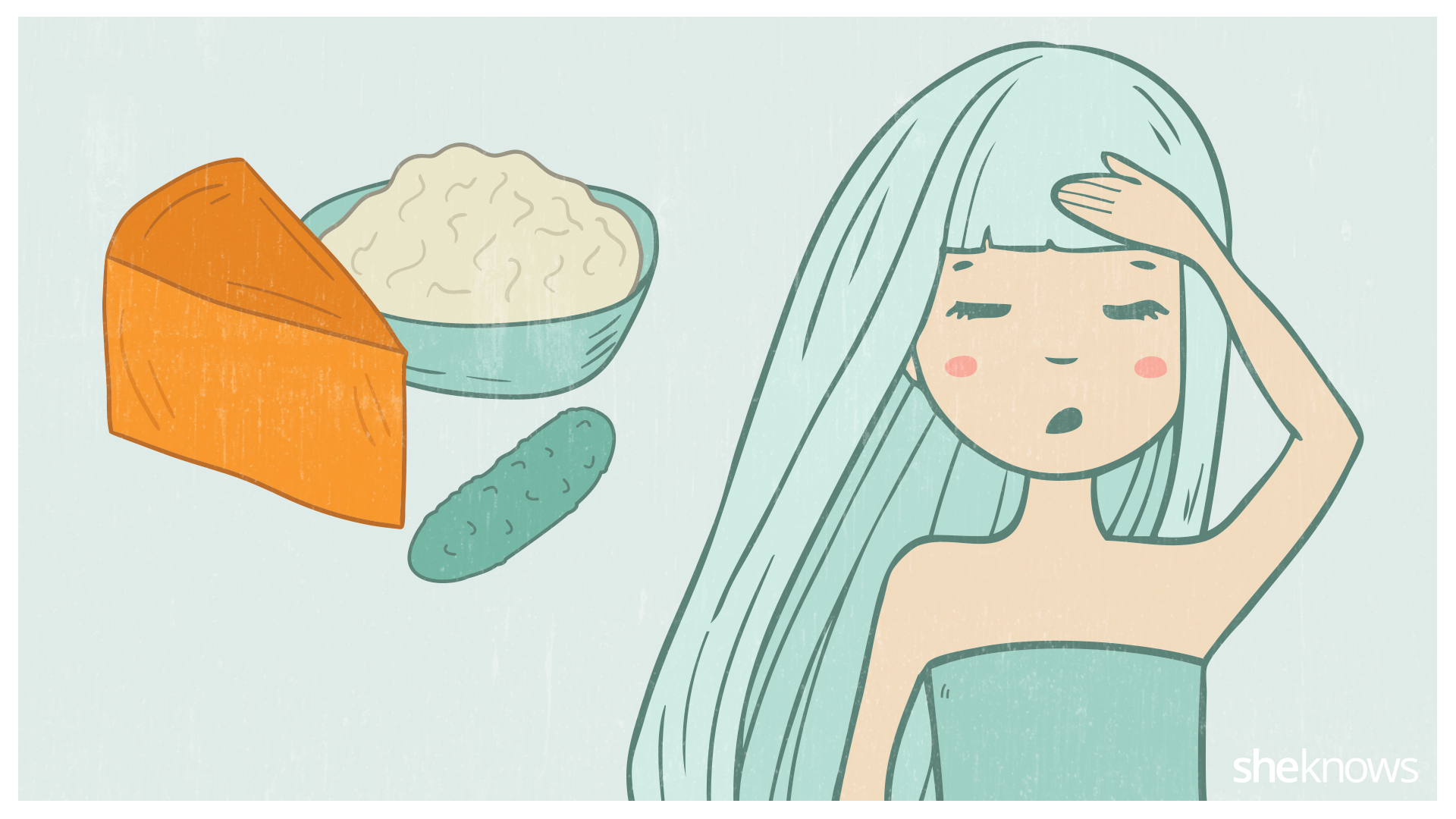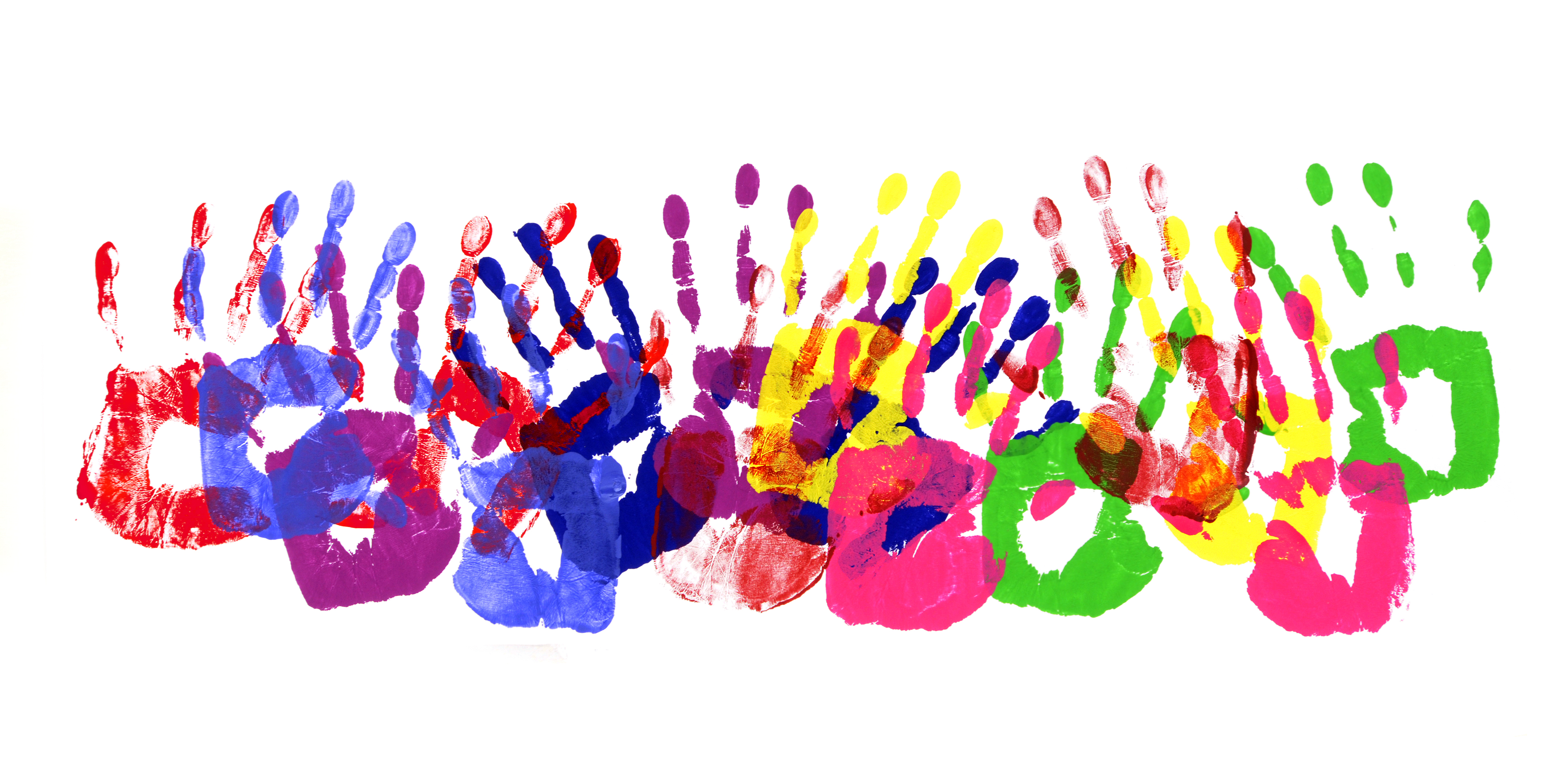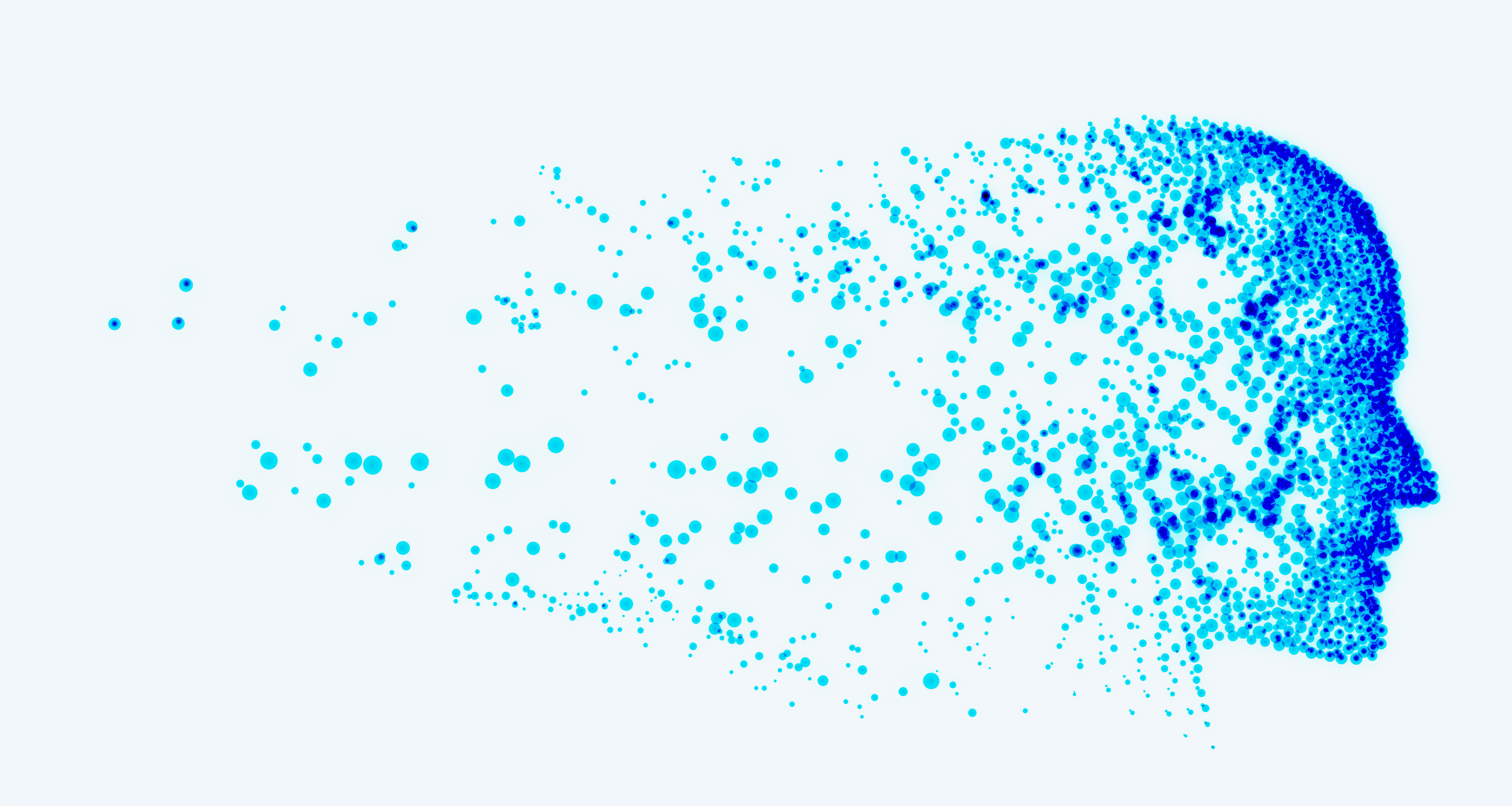Headache (Migraine) in Children
Contrary to popular belief, migraine is a common disorder in children.

Headache is one of the complaints affecting the quality of life in childhood. Headache frequency increases with age throughout childhood, and the frequency of headaches in the 7-15 age group ranges from 26-82%.
International Headache Society “International Headache Society” (IHS) finally grouped headaches in two groups in 2004 as primary and secondary. In this grouping; Pain is considered a “primary headache” if there is no structural change or systemic disease or previous head trauma as the cause of the pain, with history, physical and neurological examination, or further investigations when necessary. Primary headaches constitute approximately 90% of headaches in adults. Primary headaches are grouped into four subgroups by IHS as migraine, tension-type headache, headaches with cluster and other autonomic findings, and other rare recurrent headaches. Migraine constitutes an important part of the primary headache group in the childhood age group. The frequency of migraine in school age varies between 3.2% and 14.5%.
Instead of the diagnosis of migraine in children, upper respiratory tract infections such as sinusitis are often considered and unnecessary antibiotic therapy is applied. Migraine disrupts the child’s school attendance and affects academic success by appearing during exam periods. However, the frequency of headaches of these patients can be reduced with daily behavioral arrangements and sports. Preventive treatments are recommended for those whose complaints continue with these measures.
Which tests should be done to find the cause of the headache?
There is no mandatory test. After evaluation with history and examination, tests should be performed if necessary. Brain tomography, brain magnetic resonance imaging, electroencephalography should be performed in patients with suspected secondary causes. It is essential to have a brain imaging method for young children (usually recommended under 5 years old). Worrying by the family may also be a reason for these tests. In patients who do not have clinical signs of sudden onset or exacerbation of sinusitis such as fever, cough, runny nose, sinusitis film does not need to be taken. Conditions such as eye problems, problems in near vision in general, and eye pressure can cause persistent or recurrent headaches. Although eye examination is not required in children with headache, since eye and vision problems in children are not always easily noticed, taking them to the hospital for headache can be considered as an opportunity to undergo an eye examination.
Could my child’s headaches be psychological?
The answer to this question should be given after making sure that there is no underlying secondary cause of headache in both adults and children, and as a result of follow-up. There may be only headaches due to psychological reasons (as a result of reasons such as depression, anxiety disorder). What is frequently seen is the presence of such disorders or some personality traits in addition to those with primary headaches. School problems, family problems can be seen together with headaches in children. Which of these causes headache can only be determined by specialist doctors. In this regard, cooperation between child neurologist, child psychiatrists, family, child and teacher may be necessary.
What can I do to help the doctor diagnose my child’s headache?
In a child who is seen by a pediatric neurologist and is thought to have primary headache that is not due to an underlying cause, the cause (such as migraine, tension headache) can be said or revealed as a result of follow-up. Different types of primary headaches may coexist in some patients. The information you will write when your child has a headache (the headache diary) is extremely important in the diagnosis, follow-up and evaluation of the treatment. The diary should include information such as the date, the initiator of the pain, the time of the pain, type, location, severity, duration, how it went and whether it interfered with school, lessons or activities, and whether he used painkillers. It is extremely important to identify the causes that initiate the pain. You can also ask your child to draw a picture of how they feel when they have a headache. Your doctor, who will evaluate this information, will help you about what to do.








